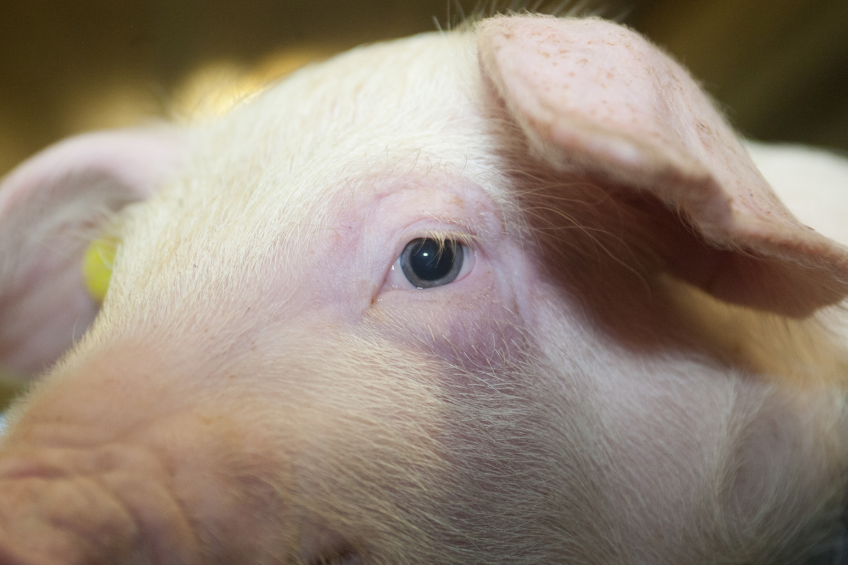Reducing antibiotics in 8 European countries

While clear European legislation is yet to be developed, several member states have made serious steps to further reduce antibiotic usage on pig farms. Highlighted here are 8 countries which are working towards creating a policy to encourage the reduction of therapeutic use of antibiotics.
What exactly is happening with therapeutic antibiotics in Europe’s pig industry? Are they banned? Are they still allowed? These kinds of questions are asked frequently but are among the most complex to answer in 2015.
Therapeutic overusage penalised
The best answer is that in two countries, therapeutic over-usage is being penalised, in four more countries intensive monitoring programmes have been set up to help producers and vets achieve reduction of therapeutic antibiotics and in at least one more, a similar approach is being strongly discussed and studied.

Different situation
A long answer – and it is not without a reason. It is a different situation than in 2006, when one European Union (EU) directive banned the usage of Antibiotic Growth Promoters (AGPs) in food animals. Repeating this trick now is not feasible, simply because therapeutic usage of antibiotics cannot be banned altogether. Therapeutic usage of antibiotics will always have to remain a tool, which veterinarians should be able to rely on – not using them at all would compromise animal welfare unnecessarily.
More awareness and better biosecurity
Therefore ‘reducing’ or ‘limiting’ usage is the alternative. With more awareness, better biosecurity, herd health and targeting heavy users, indeed reductions can be achieved. For that reason, pork producers have to be reached, have to be convinced and have to be taught the value of benchmarking antibiotic usage. In several countries, monitoring systems have been developed as online tools to help producers gain a better insight.
Penalty
In Denmark and the Netherlands, the two countries where a penalty awaits those producers failing to produce below certain thresholds, excessive use has been made quantifiable. Terms as ‘Defined Daily Dose Animal’ and ‘Average Daily Dose’ have therefore seen the light. They are specific for each country, designed for that country’s pig infrastructure, and hence comparison is virtually impossible, although attempts have been made to bring more unification in this process.
What role does the EU play?
First of all, new legislation proposals on medicated feed have been announced. In addition, the European Medicines Agency has launched the European Surveillance of Veterinary Antimicrobial Consumption (ESVAC) project, which aims to harmonise approaches for collection and reporting of data with regard to European usage. In 2011, it launched a five-year, 12-point plan to fight antimicrobial resistance. Point 1 of this plan: Strengthen the promotion of appropriate use of antimicrobials in all member states.
So the question is – at what stage is everybody? This overview does not aim to be complete – but hopefully it does give a little bit of insight as to which roads some of the main players in the European pig industry have taken.












